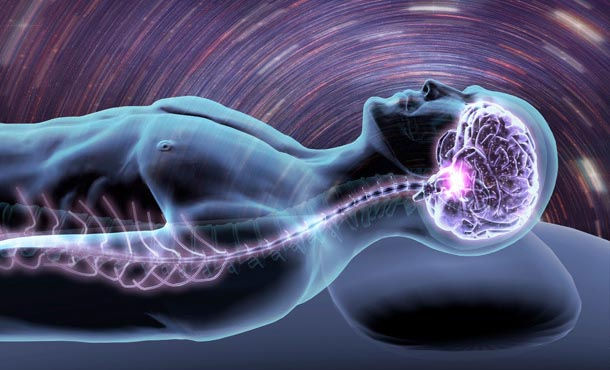Information Processing in the Cerebral Cortex
- Shamsi Mumtahina momo

- Feb 3, 2023
- 2 min read

Fig: Cerebral Cortex

Fig:There are zones in the human brain where sensory information comes together and is integrated such as the Auditory, Visual and Motor Cortices pictured here.
Most sensory information coming into the cortex is directed via the thalamus to primary sensory areas within the lobes: the visual information to the occipital lobe;auditory input to the temporal lobe; and somatosensory information about touch,pain,pressure,temperature, and the position of muscles and limbs to the parietal lobe. Information about taste goes to separate sensory regions of the parietal lobe. Olfactory information is sent first to primitive regions of the cortex (that is,regions that are similar in mammals and reptiles) and then via the thalamus to an interior part of the frontal lobe.
The primary sensory areas send information to nearby association areas that can process particular features in the sensory input. In the primary visual cortex, for example, some neurons are sensitive to bars of light that have a certain width and orientation. Information related to such features is combined in association areas dedicated to recognizing complex images, like faces.
Based on the integrated sensory information, the cerebral cortex may generate motor commands that cause specific behaviors- moving a limb or saying hello, for example. These commands consist of action potentials produced by neurons in the primary motor cortex, which lies at the rear of the frontal lobe, adjacent to the primary somatosensory cortex. The action potentials travel along axons to the brainstem and spinal cord, where they excite motor neurons, which in turn excite skeletal muscle cells.
In both the somatosensory cortex and the motor cortex, neurons are distributed in an orderly fashion according to the part of the body that generates the sensory input or receives the motor commands. For example, neurons that process sensory information from the legs and feet are located in the corresponding region of the motor cortex. The cortical surface area devoted to each body is not related to the size of that part. Instead, it is related to the number of sensory neurons that innervate that part(for the somatosensory cortex) or to the amount of skill needed to control muscles in that part (for the motor cortex) or to the amount of skill needed to control muscle in that part (for motor cortex). Thus, the surface area devoted to the face is much larger than that devoted to the trunk.

Fig: Hierarchical processing of information in cerebral cortex.
References:




Comments